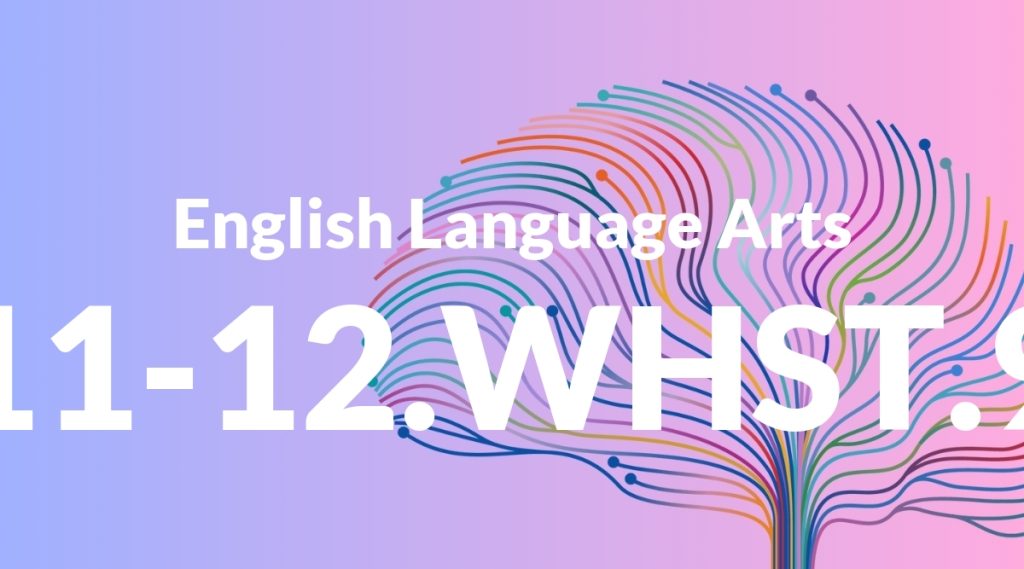Standard: 11-12.WHST.9 – Draw evidence from informational texts to support analysis, reflection, and research.
Grade level: Grade 11-12
Subject: English Language Arts
Domain: Writing: History, Science & Technical Subjects
Teacher Overview
This standard focuses on students’ ability to draw evidence from informational texts to support their analysis, reflection, and research. It is crucial for developing critical thinking and research skills that will be applicable in college and career settings. Students should already be skilled in identifying key ideas and details in texts, summarizing information, and understanding basic research methodologies.
Mastering this standard will prepare students for more advanced research tasks, such as synthesizing information from multiple sources and constructing evidence-based arguments.
Common Misconception 1
A common misconception is that personal opinions can replace evidence from texts. This is incorrect because academic writing requires evidence-based support to strengthen arguments and conclusions.
Intervention 1
One effective intervention is to use class debates where students must support their arguments with evidence from texts. This helps them practice distinguishing between opinion and evidence.
Common Misconception 2
Another misconception is that all sources are equally reliable. This is incorrect because the credibility of sources can vary widely, and using unreliable sources can weaken an argument.
Intervention 2
To address this, teach students how to evaluate sources using a checklist that includes author credentials, publication date, and citation quality. Practice this evaluation with a variety of sources.
Prerequisite Knowledge
Students should have a solid understanding of how to identify key ideas and details in informational texts, as well as basic research skills including note-taking, summarizing, and citing sources.
Subsequent Knowledge
After mastering this standard, students will be able to conduct more sophisticated research projects, synthesize information from multiple sources, and construct well-supported arguments in their writing.
Instructional Activities
- Conduct a mini-research project on a historical event
- Analyze scientific articles and summarize findings
- Write a technical report on a chosen topic
- Develop a literature review for a research paper
- Create annotated bibliographies for various sources




